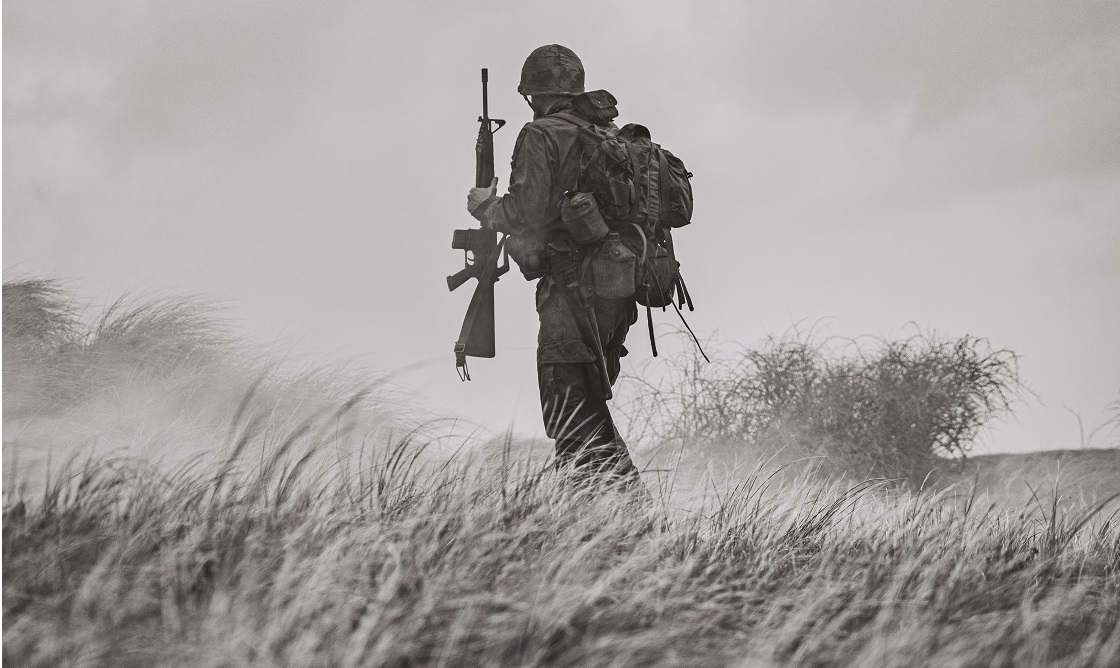
Common Misconceptions About Body Armor
Body Armor is an essential piece of equipment for military personnel, law enforcement officials, and security personnel. The right body armor can save lives in combat or dangerous situations, making sure that the wearer is protected from projectiles, shrapnel, and other threats. However, there are many misconceptions about body armor that can result in the wrong choice being made. In this post, we’ll provide you with some essential information about choosing the right body armor.
1. Types of Body Armor
Body armor comes in three types: level 1, level 2, and level 3. Each level provides a different level of protection. Level 1 armor is lightweight and effective against small arms fire. Level 2 can protect against medium-sized firearms, while level 3 armor is designed for protection against high-powered firearms. It is essential to understand the different levels to choose the correct body armor.
2. Understanding Armor Ratings
Body armor ratings can be a bit confusing. Body armor works by absorbing and distributing the kinetic energy of a bullet or shrapnel. The armor’s rating indicates how much energy it can absorb before failing. For example, a level 2 body armor would have a rating of II-A, II, or III-A. The higher the rating, the more protection the body armor will provide.
3. Plate Carriers
The plate carrier is another essential piece of equipment associated with body armor. Plate carriers are designed to hold the body armor plates, and they come in different sizes, shapes, and materials. When selecting a plate carrier, it’s essential to know the plates’ size and weight to ensure the plate carrier fits appropriately.
4. Common Misconceptions
The first misconception is that body armor has an indefinite lifespan. Body armor has a shelf life of about 5-10 years, depending on the manufacturer’s specifications. The second misconception is that bulletproof vests protect against all types of gunfire. However, it is essential to understand that body armor is not absolute, and it has limitations depending on the projectile’s size, velocity and location of impact. The final misconception is that heavier armor is always better. The weight of the armor can affect the wearer’s performance and mobility, meaning that choosing the right weight is essential.
In summary, choosing the right body armor is critical for any individual who requires protection against high-velocity projectiles. Understanding the different types of body armor, armor ratings, plate carriers, and misconceptions is vital in selecting the right body armor and ensuring that it effectively protects the wearer. We recommend that you consult with a qualified professional when choosing body armor to ensure you are getting reliable and effective protection.
For more great articles, please click here.